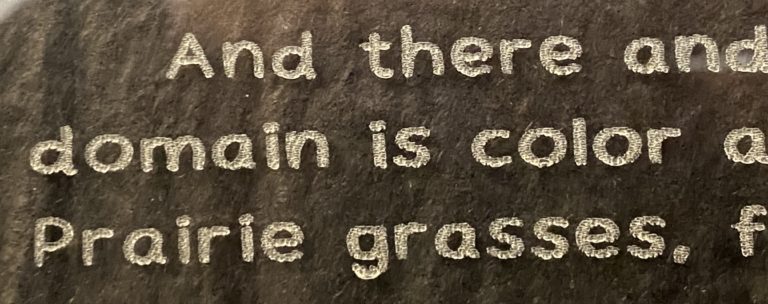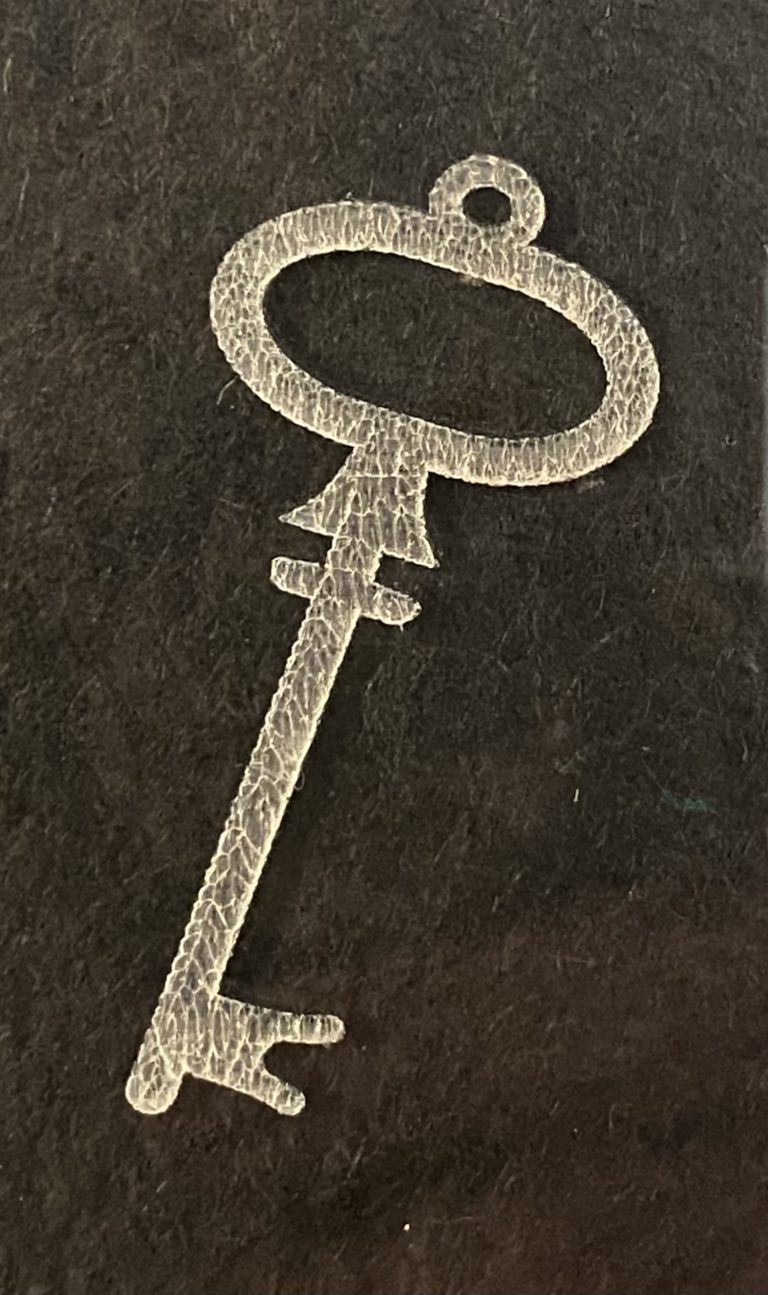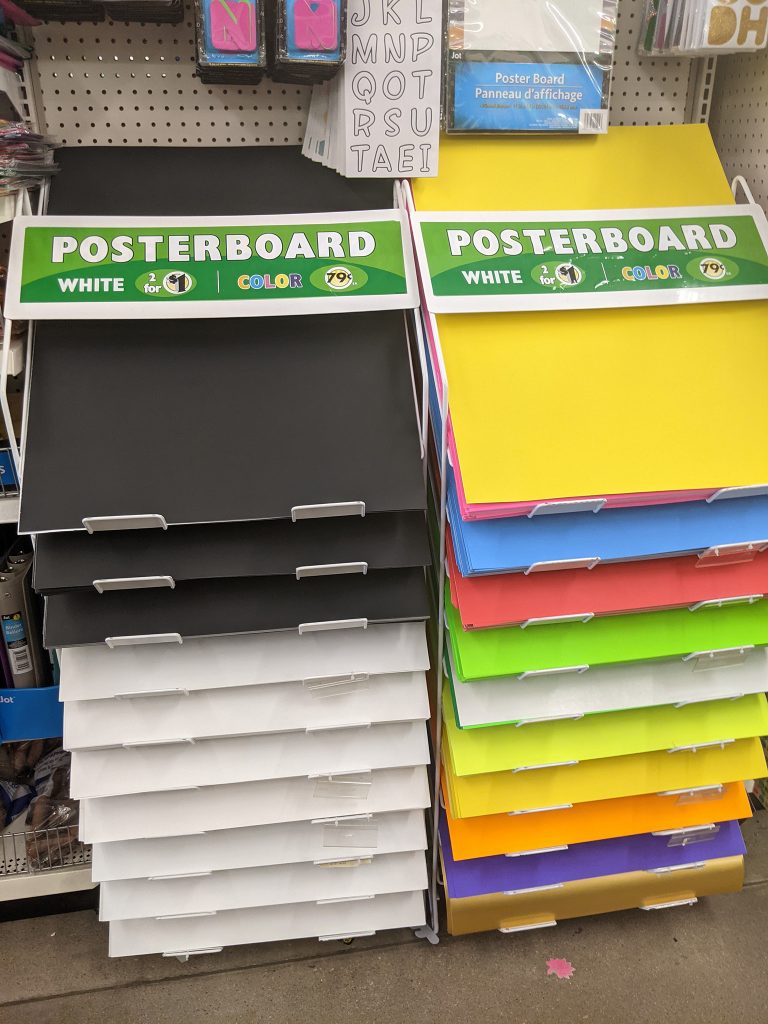Wiki
Some materials are not safe to cut because they produce toxic and/or corrosive byproducts. You don’t have to have this entire list memorized but we do highly recommend looking at the unsafe materials as they can catch fire or emit toxic gases.
Special thanks to ATX Hackerspace in Austin, TX for their page on Laser Cutter Materials. This page has been copied and modified from their wiki for your convenience. If you see any issues on this page or edits we should make to more specifically align with denhac’s laser cutter, please let us know.
Material tests can be found on a portable board hung above the white laser workstation. To create a material test using Lightburn click the Laser Tools Menu and then select Material Test. More than likely you’ll want to use either the cut or engraving test. In the title of your material test make sure to include a descriptive name of the material (ex. Borosilicate Glass as opposed to just glass), as well as the laser that was used to create this material test (Blue/White) that way the results can be easily replicated.
NEVER CUT THESE MATERIALS
| Material | DANGER! | Cause / Consequence |
|---|---|---|
| PVC (Poly Vinyl Chloride)/vinyl/pleather/artificial leather | Emits chlorine gas when cut! | Don’t ever cut this material as it will ruin the optics, causes the metal of the machine to corrode as chlorine is released and ruins the motion control system. |
| Thick ( >1mm ) Polycarbonate/Lexan | Cuts very poorly, discolors, catches fire | Polycarbonate is often found as flat, sheet material. The window of the laser cutter is made of Polycarbonate because polycarbonate strongly absorbs infrared radiation! This is the frequency of light the laser cutter uses to cut materials, so it is very ineffective at cutting polycarbonate. Polycarbonate is a poor choice for laser cutting. It creates long stringy clouds of soot that float up, ruin the optics and mess up the machine. |
| ABS | Melts / Cyanide | ABS does not cut well in a laser cutter. It tends to melt rather than vaporize, and has a higher chance of catching on fire and leaving behind melted gooey deposits on the vector cutting grid. It also does not engrave well (again, tends to melt). Cutting ABS plastic emits hydrogen cyanide, which is unsafe at any concentration. |
| HDPE/milk bottle plastic | Catches fire and melts | It melts. It gets gooey. It catches fire. Don’t use it. |
| PolyStyrene Foam | Catches fire | It catches fire quickly, burns rapidly, it melts, and only thin pieces cut. This is the #1 material that causes laser fires!!! |
| PolyPropylene Foam | Catches fire | Like PolyStyrene, it melts, catches fire, and the melted drops continue to burn and turn into rock-hard drips and pebbles. |
| Epoxy | burn / smoke | Epoxy is an aliphatic resin, strongly cross-linked carbon chains. A CO2 laser can’t cut it, and the resulting burned mess creates toxic fumes ( like cyanide! ). Items coated in Epoxy, or cast Epoxy resins must not be used in the laser cutter. ( see Fiberglass ) |
| Fiberglass | Emits fumes | It’s a mix of two materials that cant’ be cut. Glass (etch, no cut) and epoxy resin (fumes) |
| Coated Carbon Fiber | Emits noxious fumes | A mix of two materials. Thin carbon fiber mat can be cut, with some fraying – but not when coated. |
| Any foodstuff ( such as meat, seaweed ‘nori’ sheets, cookie dough, bread, tortillas… ) | The laser is not designed to cut food, and people cut things that create poisonous/noxious substances such as wood smoke and acrylic smoke. | If you want to cut foodstuffs, consider sponsoring a food-only laser cutter for the space that is kept as clean as a commercial kitchen would require. |
| Material with Sticky Glue Backing | Coats lens, cracks lens | There are many normally laserable items such as thin wood laminates that you can purchase that become un-cuttable when the manufacturer adds a layer of peel-off glue on the bottom to attach them to surfaces. Examples include cork tiles, thin wood laminate, acrylic tiles, and paper stickers. Never cut these materials in the laser cutter if they have this backing. The glue will vaporize forming a coating on the lens that will coat it, cloud it, heat it, and then potentially crack the lens. The glue residue is worse than resin, and can’t be removed without risking damage to the lens … requiring a lens replacement. |
| Pressure Treated Wood | Creates arsenic and dangerous fumes. | Stick to untreated wood. It is especially dangerous and illegal in all states to burn CCA pressure treated wood. |
Safe Materials
Cutting
Please note that the laser cutters at ATX Hackerspace have different wattage amounts than the laser at denhac which combined with a couple of other factors affects the thickness of materials you can cut. Use the Max thickness as a guideline and keep an eye on the warnings if you try to go over this number.
| Material | Max Thickness | Notes | WARNINGS! |
|---|---|---|---|
| Many woods | 1/4″ | Avoid oily/resinous woods | Be very careful about cutting oily woods, or very resinous woods as they also may catch fire. |
| Plywood/Composite woods | 1/4″ | These contain glue, and may not laser cut as well as solid wood. | – |
| MDF/Engineered woods | 1/4″ | These are okay to use but may experience a higher amount of charring when cut. | – |
| Paper, card stock | thin | Cuts very well on the laser cutter, and also very quickly. | – |
| Cardboard, carton | thicker | Cuts well but may catch fire. | Watch for fire. |
| Cork | 1/8″ | Thin cork can be cut, but the quality of the cut depends on the thickness and quality of the cork. Engineered cork has a lot of glue in it, and may not cut as well. | Avoid cutting thicker cork (5mm). Engraves well, cuts poorly. |
| Acrylic/Lucite/Plexiglas/PMMA | 1/2″ | Cuts extremely well leaving a beautifully polished edge. | – |
| Thin Polycarbonate Sheeting (<1mm) | <1mm | Very thin polycarbonate can be cut, but tends to discolor badly. Extremely thin sheets (0.5mm and less) may cut with yellowed/discolored edges. Polycarbonate absorbs IR strongly, and is a poor material to use in the laser cutter. | Watch for smoking/burning |
| Delrin (POM) | thin | Delrin comes in a number of shore strengths (hardness) and the harder Delrin tends to work better. Great for gears! | – |
| Kapton tape (Polyimide) | 1/16″ | Works well, in thin sheets and strips like tape. | – |
| Mylar | 1/16″ | Works well if it’s thin. Thick mylar has a tendency to warp, bubble, and curl | Gold coated mylar will not work. |
| Solid Styrene | 1/16″ | Smokes a lot when cut, but can be cut. | Keep it thin. |
| Depron foam | 1/4″ | Used a lot for hobby, RC aircraft, architectural models, and toys. 1/4″ cuts nicely, with a smooth edge. | Must be constantly monitored. |
| Gator foam | Foam core gets burned and eaten away compared to the top and bottom hard paper shell. | Not a fantastic thing to cut, but it can be cut if watched. | – |
| Cloth/felt/hemp/cotton | They all cut well. Our lasers can be used in lace-making. | Not plastic coated or impregnated cloth! | – |
| Leather/Suede | 1/8″ | Leather is very hard to cut, but can be if it’s thinner than a belt (call it 1/8″). | Real leather only! Not ‘pleather’ or other imitations .. they are made of PVC. |
| Magnetic Sheet | Cuts beautifully | – | – |
| NON-CHLORINE-containing rubber | Fine for cutting. | Beware chlorine-containing rubber! | – |
| Teflon (PTFE) | thin | Cuts OK in thin sheets. See https://www.ulsinc.com/materials/teflon ; the issues listed in https://en.wikipedia.org/wiki/Polymer_fume_fever should not matter because our lasers are fully vented and exhausted. | Use caution anyway and let any smoke clear before opening the laser cutter. |
| Carbon fiber mats/weave that has not had epoxy applied | Can be cut, very slowly. | – | – |
| Coroplast (‘corrugated plastic’) | 1/4″ | Difficult because of the vertical strips. Three passes at 80% power, 7% speed, and it will be slightly connected still at the bottom from the vertical strips. | These numbers were copied over and may not be accurate |
Etching
| Material | Notes | WARNINGS! |
|---|---|---|
| Glass | Green seems to work best…looks sandblasted. | Flat glass should be engraved in our cutter unless using the rotary device with the Blue Laser. Round or cylindrical objects like bottles or glasses will have distortion without the rotary tool. |
| Ceramic tile | – | – |
| Anodized aluminum | Vaporizes the anodization away. | – |
| Painted/coated metals | Vaporizes the paint away. | Please use caution with recently painted items. Paint fumes can be flammable. |
| Stone, Marble, Granite, Soapstone, Onyx. | Gets a white “textured” look when etched. | – |
Marking
Cermark is the brand name of a marking compound containing molybdenum that costs ~$50-100 for a 12oz spray can, which can be sprayed onto stainless steel, brass, aluminum, copper, nickel, glass or light-colored stone/tile before being etched to leave behind a permanent dark black mark. Some people have had some luck using dry moly lube spray to the same effect. It is thought that the molybdenum sulfate in the dry lube breaks down to molybdenum which either oxidizes or reacts with the underlying surface to create the mark.
Examples
Glass
Standard picture frame “float” glass sheet (approximately 2mm-3mm thickness).
Tip: clean the glass project surface with isopropyl alcohol [or window cleaner] prior to etching.
Tip: use thin, flat pieces of wood or rubber to raise the glass sheet off of the abrasive laser cutter surface prior to setting laser focus – this will help avoid unwanted scratches on the other side of the glass sheet during project orientation adjustments.
Note: the black background in the following example images is just black tissue paper behind the glass sheet.

Settings (“And there and…”)
Etching: fill, speed 100 mm/s, power 45%, focus: 3.7 mm

Settings:(Key)
Etching: fill, speed 40 mm/s, power 65%, focus: 3.7 mm
Outcome: this slow speed/high power resulted in microfractures inside of the shape fill.

Settings (“universe”)
Etching: fill, speed 40 mm/s, power 65%, focus: 3.7 mm
Outcome: this slow speed/high power resulted in microfractures inside of the letter fill.
Paperboard
Paperboard/Posterboard made by Dixon Ticonderoga. These do not have any sort of foam layer in between. A pair of 22×28″ sheets can be purchased for a dollar at Dollar Tree. A low powered fast cut won’t ignite the material

Settings: Cut: 300 mm/s @ 20%
Birch
Baltic Birch can be purchased from Rockler or Paxton Lumber Co. Sheets will need to be cut separately in order to fit into the laser bed.
1/8″ settings
- Cut: 35 mm/s @ 50%
- Etch: 35 mm/s @ 10%
- Fill/Raster: 300mm/s @ 20% or 25%
1/4″ settings
- Cut: 10 mm/s @70%
